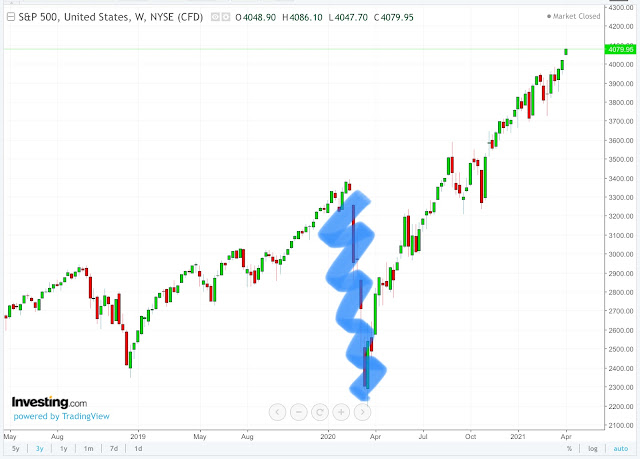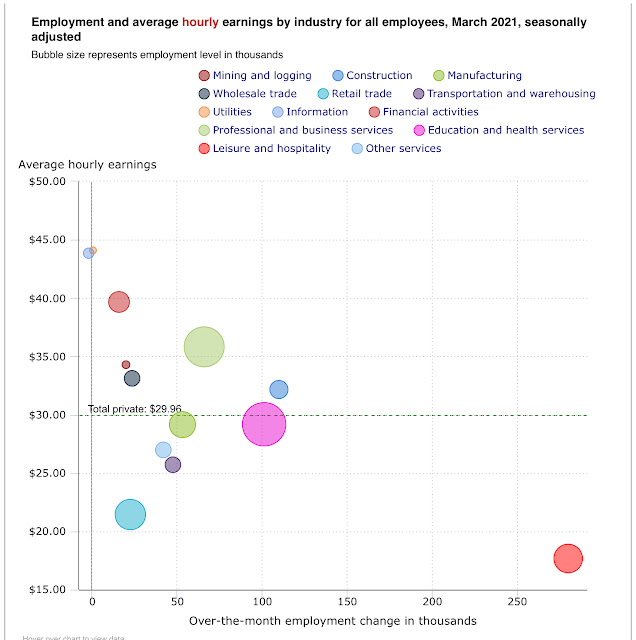Following from my previous post, here’s the second stanza, the historic rhyme..
Although the current bubble may not look the same as the Great Credit Bubble of 10+ years ago, there are troubling similarities. For one, Wall Street seems to have a penchant for inventing new speculative vehicles that come with initials. Last time it was CMO, CDS, CDO (squared and cubed), while today’s alphabet soup is ETF, CFD and SPAC. Another parallel is junk real estate/junk mortgages and cryptos.
Each item/rhyme comes with its own set of problems:
- Exchange Traded Funds are now so prevalent that they edge out most of the discretionary, alpha type investors. They are a sort of a fire-and-forget missile which lulls investors into an unthinking nirvana state where sound economic analysis goes out the window. Index trackers, in particular, are highly problematic; for example, S&P 500 is capitalization weighted, so its performance can become ever narrower as valuations of fewer companies soar to ridiculous levels. (Tesla, really?). Many tracker ETFs are also highly leveraged to achieve their stated 2-3X performance goals.
- Contracts For Difference are custom-made derivatives that give a speculator the upside/downside gain/loss without purchasing the underlying security. It is exactly what bucketshops dealt in back in the early 20th century. Today’s CFDs are also incredibly leveraged since they provide 20x or even 50x exposure. They are behind the Archegos collapse which resulted in a $20 billion instantaneous wipeout and losses estimated at over $6 billion for several investment banks.
- Special Purpose Acquisition Companies are the ultimate sucker bet: give me your money now, I won’t tell you what it will be invested in, but I will charge enormous fees upfront, as much as 20-25%. That’s exactly like London’s South Seas Bubble, to use another historical rhyme. Their popularity until very recently was eye-popping, with even pop culture icons lending their name to such questionable ventures.
- Last - but certainly not least - are cryptos, the hoi polloi’s get rich quick dream. Back in 2005-07 even strippers got into the junk real estate game, hoping to make a fast buck. They were enabled by no-money-down sub-prime mortgages and a whole network of brokers, lenders, packagers, bankers, rate agencies and insurers. Likewise, today’s foam at the mouth crypto speculators are enabled by app-only brokers, specialty exchanges that operate 24/7/365, pithy “analysts” that predict the demise of national currencies, and even mainstream investment banks who are watching the billions go by and are itching to grab their piece. Carnival barkers (nice doggy, literally) also abound.








